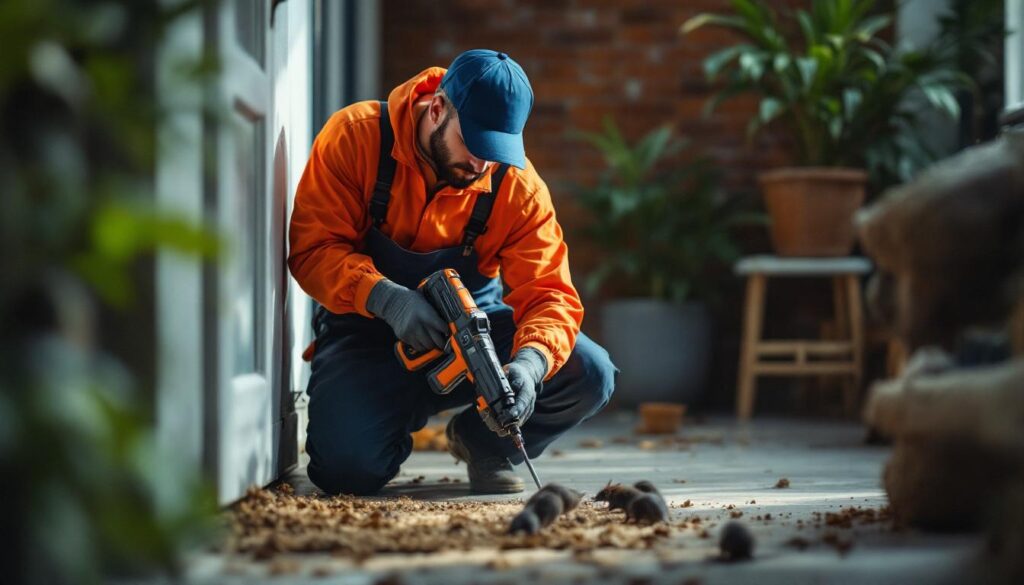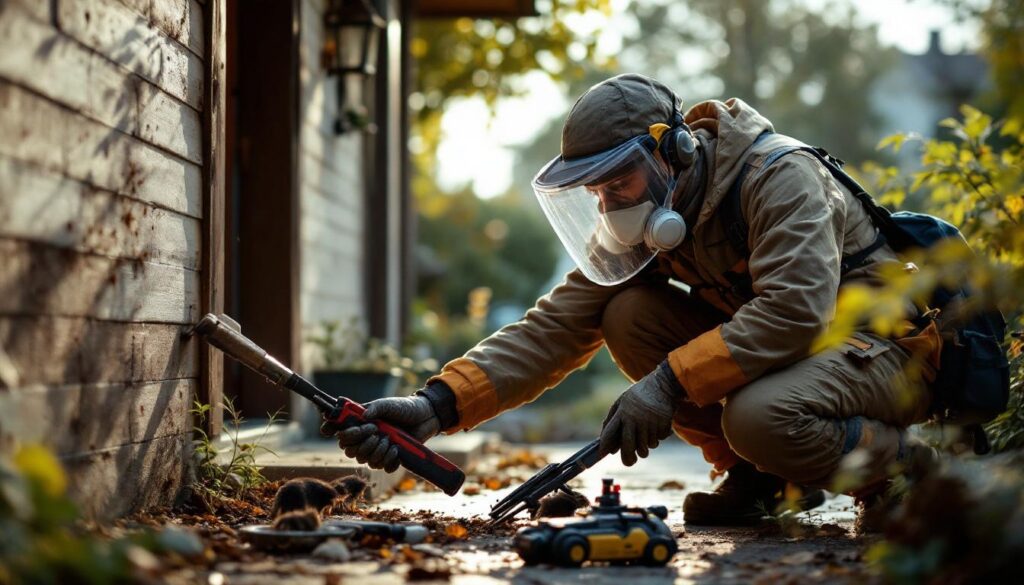Urban living in Sydney can be vibrant and exciting, but it also comes with its own set of challenges, one of which is dealing with pests such as rats. These rodents can pose significant health risks and cause extensive damage to properties if not addressed promptly. Understanding how to effectively remove rats from your home is crucial for maintaining a safe and healthy living environment. This guide explores fast and effective solutions for rat removal in Sydney, providing you with the knowledge needed to tackle this issue head-on.
Understanding the Rat Problem in Sydney
Rat Removal Sydney is an important service because rats are not just a nuisance; they can carry diseases and cause structural damage to homes. In Sydney, the most common species are the black rat and the brown rat. Both species are highly adaptable and can thrive in urban environments, making it essential for homeowners to be vigilant.
Rats are often attracted to areas where food is readily available, such as kitchens and rubbish bins. They can enter homes through small gaps and cracks, making it crucial to identify potential entry points. Understanding their behaviour and habits can significantly aid in effective removal and prevention strategies, which is why professional Rat Removal Sydney solutions are highly recommended.
Health Risks Associated with Rats
Rats are known carriers of various diseases, including leptospirosis, hantavirus, and salmonella. These diseases can be transmitted to humans through direct contact with rat droppings, urine, or bites. Additionally, rats can contaminate food sources, leading to further health risks.
It is essential to recognise the signs of a rat infestation, which can include droppings, gnaw marks, and nests made of shredded materials. If you suspect a rat problem, taking immediate action is vital to mitigate health risks.
Common Signs of a Rat Infestation
- Droppings: Rat droppings are typically dark and cylindrical, measuring about 1-2 cm in length.
- Gnaw Marks: Look for gnaw marks on food packaging, furniture, or electrical wires.
- Nests: Rats build nests from shredded paper, fabric, and other soft materials, often found in hidden areas.
- Noises: Scratching or scurrying sounds in walls or ceilings, especially at night, can indicate rat activity.
Effective Rat Removal Strategies
When it comes to rat removal, there are several strategies that homeowners can employ. These methods can be broadly categorised into prevention, trapping, and professional extermination.
Preventive Measures
The first step in rat removal is prevention. By making your home less inviting to rats, you can significantly reduce the likelihood of an infestation. Here are some effective preventive measures:
- Seal Entry Points: Inspect your home for gaps and cracks, particularly around doors, windows, and the foundation. Use caulk or steel wool to seal these openings.
- Maintain Cleanliness: Keep your home tidy by regularly cleaning up food spills and storing food in airtight containers.
- Manage Waste: Ensure rubbish bins are tightly sealed and disposed of regularly to eliminate food sources for rats.
Trapping Techniques
If you already have a rat problem, trapping is one of the most effective methods for removal. There are various types of traps available, including snap traps, glue traps, and live traps. Each has its advantages and disadvantages:
- Snap Traps: These are quick and effective, killing rats instantly. They should be placed in areas where rat activity is evident.
- Glue Traps: These traps are less humane, as they can cause prolonged suffering. They are best used in areas where other traps cannot be placed.
- Live Traps: These traps capture rats alive, allowing for relocation. However, it is essential to check local regulations regarding the release of captured rats.
Professional Extermination Services
For severe infestations, enlisting the help of professional pest control services may be necessary. These experts have access to advanced techniques and products that are not available to the general public. Here are some benefits of hiring professionals:
- Expertise: Pest control professionals have extensive knowledge of rat behaviour and the most effective removal strategies.
- Safety: Professionals are trained to handle potentially hazardous materials and can ensure safe application.
- Long-Term Solutions: In addition to removal, pest control services can provide advice on preventing future infestations.
DIY Rat Removal Tips
If you prefer to tackle the problem yourself, there are several DIY methods that can be effective in controlling rat populations. However, it is crucial to approach these methods with caution and a clear understanding of the risks involved.
Homemade Rat Repellents
Several natural substances can deter rats from entering your home. Some popular homemade repellents include:
- Peppermint Oil: The strong scent of peppermint oil can repel rats. Soak cotton balls in peppermint oil and place them in areas where rats are likely to enter.
- Ammonia: The strong smell of ammonia can mimic the scent of predator urine, scaring rats away. Place small containers of ammonia in areas of rat activity.
- Vinegar: A mixture of vinegar and water can be sprayed in areas where rats are seen, as they dislike the strong odour.
Using Traps Effectively
When using traps, placement is crucial for success. Here are some tips for effective trapping:
- Location: Place traps along walls and in areas where you have noticed signs of rat activity.
- Bait: Use attractive baits such as peanut butter, dried fruit, or bacon to lure rats into the traps.
- Check Regularly: Inspect traps daily to remove captured rats and reset them as necessary.

Long-Term Prevention Strategies
Once you have successfully removed rats from your home, it is essential to implement long-term prevention strategies to avoid future infestations. These strategies should be part of your regular home maintenance routine.
Regular Inspections
Conducting regular inspections of your property can help identify potential entry points and signs of rat activity early on. Check for cracks in the foundation, gaps around windows and doors, and any areas where food may be accessible.
Community Awareness
Engaging with your neighbours and local community can also play a vital role in preventing rat infestations. Encourage your neighbours to maintain clean yards and properly dispose of waste, as a collective effort can significantly reduce the rat population in your area.
Conclusion
Dealing with a rat infestation in Sydney requires a proactive approach that combines prevention, effective removal strategies, and long-term maintenance. Whether you choose to tackle the problem yourself or enlist the help of professionals, understanding the behaviour of rats and implementing the right strategies can lead to a rat-free home. Remember, the key to successful rat removal lies in vigilance and consistent upkeep of your living environment.
Related : Rodent Exterminator Sydney: How Professionals Handle Tough Cases
